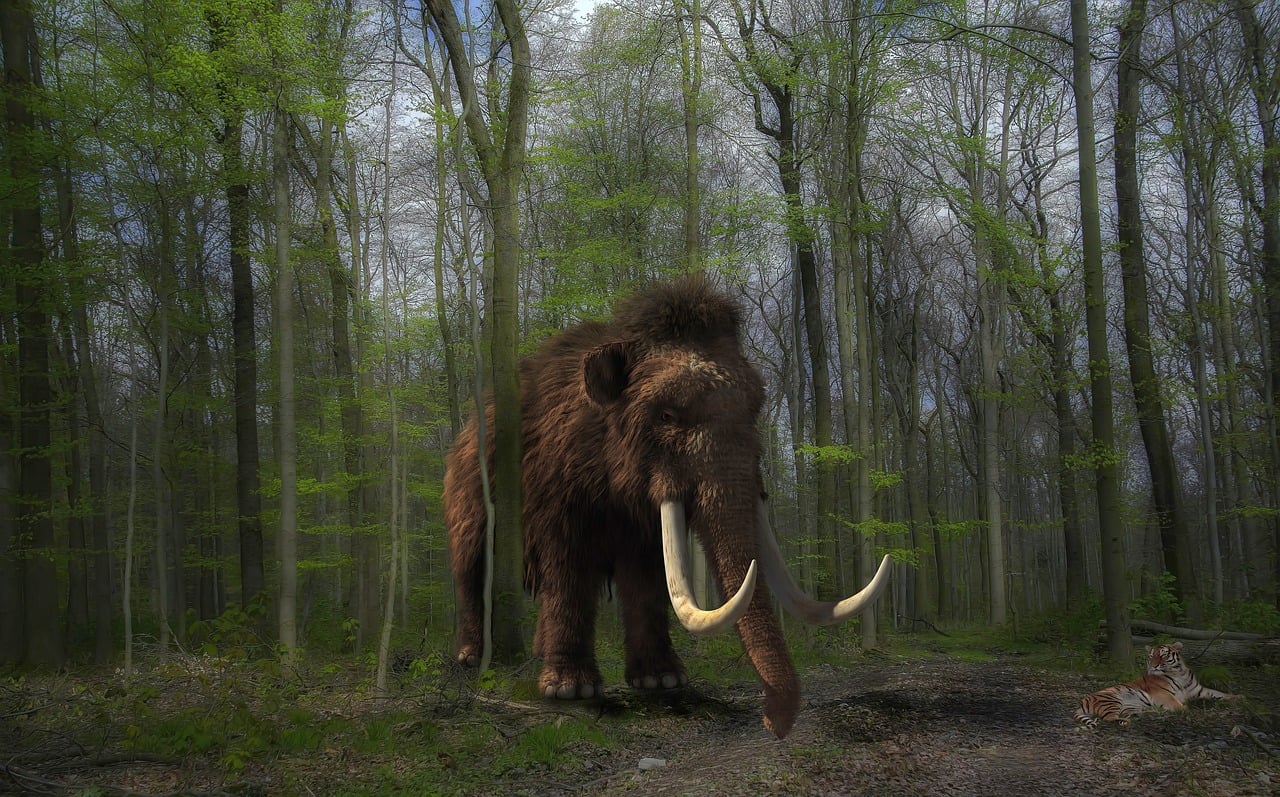Both woolly mammoths and Neanderthals are long gone and the only information we can get about them are through skeletons and fossils. However, a new study sheds light on similar gene traits which could have been shared by both woolly mammoths and Neanderthals, even though their ancestors were from different groups of species.
A new study conducted by the Tel Aviv University suggests that woolly mammoths and Neanderthals had similar genetic profiles, molecular properties which allowed them both to adapt to extremely cold environments. Woolly mammoths which highly resemble modern elephants evolved in the arctic peninsula of Eurasia 600,000 years ago, while Neanderthals, advanced species of early humans evolved in Europe around 400,000 years ago.
Researchers recognize the human-elephant relationship during the times of the Pleistocene epoch because of their mutual ecology, given that they lived in the same environments. The research which was led by Professor Ran Barkai and Meidad Kislev at TAU’s Department of Archaeology and Ancient Near Eastern Cultures, published their findings in Human Biology.
“Neanderthals and mammoths lived together in Europe during the Ice Age. The evidence suggests that Neanderthals hunted and ate mammoths for tens of thousands of years and were actually physically dependent on calories extracted from mammoths for their successful adaptation,” Barkai Said in a statement. “Neanderthals depended on mammoths for their very existence.”
“They say you are what you eat. This was especially true of Neanderthals; they ate mammoths but were apparently also genetically similar to mammoths.”
Researchers looked for clues in three case studies which looked at relevant gene variants and alleles – alternative genes which come to existence by mutation and can be found in the same place in the chromosome which is connected to our cold-climate adaptation. It was found in both woolly mammoths and Neanderthals.
“Our observations present the likelihood of resemblance between numerous molecular variants that resulted in similar cold-adapted epigenetic traits of two species, both of which evolved in Eurasia from an African ancestor,” Kislev explains. “These remarkable findings offer supporting evidence for the contention regarding the nature of convergent evolution through molecular resemblance, in which similarities in genetic variants between adapted species are present.”
“We believe these types of connections can be valuable for future evolutionary research. They’re especially interesting when they involve other large-brained mammals, with long life spans, complex social behavior and their interactions in shared habitats with early humans.”
Researchers suggest that both woolly mammoths and Neanderthals share the genes because their ancestors that came to Europe adapted to the frigid living conditions caused by the Ice Age. It’s worth noting that both species became extinct at around the same time.
“It is now possible to try to answer a question no one has asked before: Are there genetic similarities between evolutionary adaptation paths in Neanderthals and mammoths?” Barkai said. “The answer seems to be yes. This idea alone opens endless avenues for new research in evolution, archaeology and other disciplines.”





